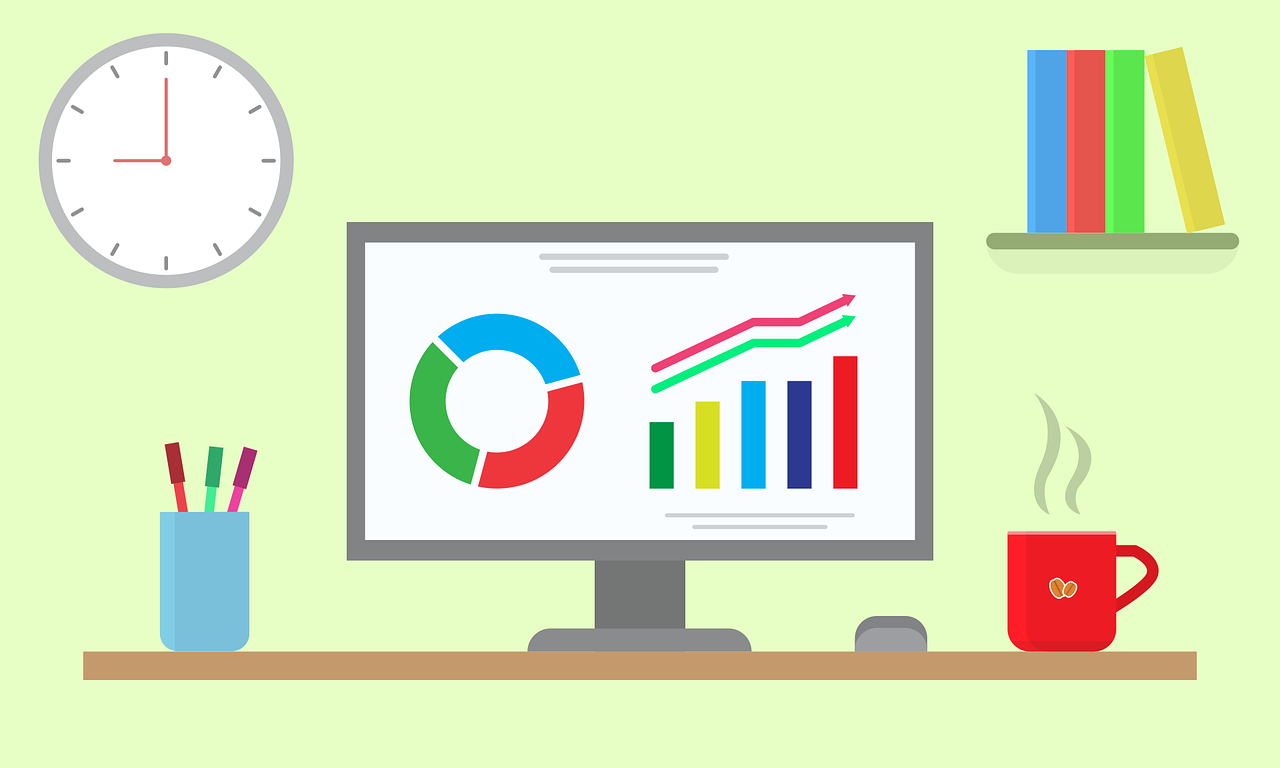Introduction
Hello everyone as we know the Indian market has been falling continuously for 2 months and mostly small and mid-cap are falling, in this situation what we should do, as per the research analyst if you are inviting Mutual funds for the long term so we don’t worry about falling market but the main point is we should choose best mutual fund, but we will discuss I’m briefly about this topic so learn more kindly read entire article so you will get your all answer.
Why should we stay invested in mutual funds?
This is the right time to restructure our portfolio if you have a bad mutual fund in your portfolio so try to replace it with a good mutual fund. It’s your responsibility to correct your mistake. And stock markets are always good for the long term not for the short-term. The long-term investment gives you an effective CAGR. If your best-performing mutual fund’s NAV is down you can try to average your mutual fund. If the market is falling today, it will up one day when everything will be in our control.
Avoid panic selling and stay invested.
Everyone is in fear and they are selling in panic so we should avoid this and try to maintain our discipline for our wealth. When you are rational toward your investment then it will give you a great profit. If you find out most of the investors make money in market fall. Now this is the right time to invest more but it will be for a long period of time. There is no shortcut to creating a wealth. Now retail investors are in fear and booking Loss but according to research analysts and investors try to stay invested if your vision is for long term. One thing always remember market correct is not a big concern it’s part of the share market most of your money grow after market correction but you should buy more from the best company.
Asset allocation.
We should avoid investing in only one financial instrument and most investors do this thing and make a loss in the share market. If you focus on Asset allocation then you can reduce your risk and minimize your volatile impact. Asset allocation such as equity, debt, gold, and mutual funds. When one thing falls another financial instrument will reduce the risk of your volatility If you want to avoid fluctuation in the share market asset allocation is a very effective strategy. Your entire fund should not invested in one place.
Rebalance your portfolio.
A market correction is an opportunity and you should grab it when you sell overvalued and buy undervalued, we have to focus on 4 to 5 sectors and we should not invest in one sector at least 15 companies we can consider and make a portfolio and 15% of your fund invested in one sector only. Rebalancing a portfolio is important when you don’t able to generate more return. Rebalancing your portfolio helps you to reduce your volatility market and risk associated.
Discipline investment.
Discipline in the share market becomes necessary because market fluctuation and market correction is natural parts but if you stay invested with high Discipline it’s good for your portfolio and investment. Without discipline, you can’t achieve your growth and objective. If you continue investing for the long term it will give you a fair return. So try to invest in a growing company that is undervalued and now you should not fear toward current market situation.
Portfolio monitoring.
If you are in market correction it’s time to monitor and review your mutual fund portfolio. To check the expense ratio, and return, the fund manager tracks record performance if any stock is not performing for a long period of time it’s time to switch to high performing mutual fund.





